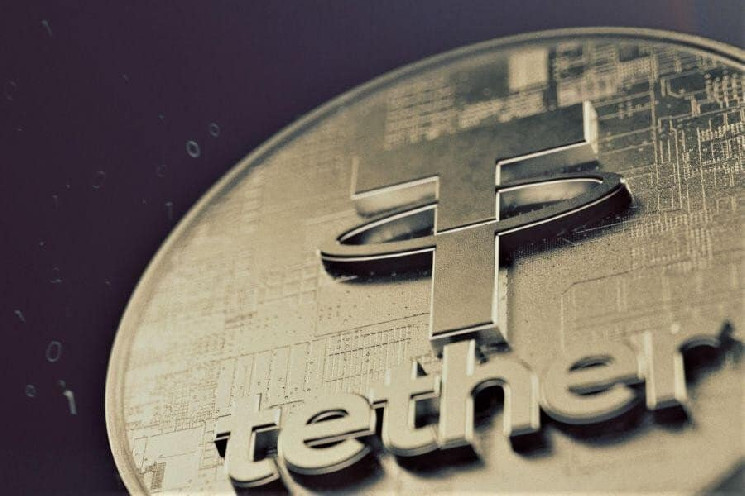
Tether’s deposit of over $1 billion with a financial services firm has come under scrutiny in London’s High Court.
According to a Tuesday report from The Financial Times, Tether’s funds were deposited with a subsidiary of investment bank Britannia Financial, according to filings made in the High Court.
The legal battle involves Britannia Financial and Arbitral International, a British Virgin Islands-registered company.
Arbitral claims that Britannia failed to make the full payment for a Bahamas brokerage it acquired from Arbitral in June 2021.
As per their agreement, Arbitral insists it is entitled to additional funds from the business’s assets generated in the year following the sale.
However, Britannia contends that the deposit made by Tether with its subsidiary, Britannia Global Markets, is unrelated to the brokerage purchase from Arbitral. The financial services firm argues that the funds were deposited separately.
Tether’s USDT is currently the largest stablecoin globally, offering crypto users protection against the frequent volatility experienced in the cryptocurrency market.
The company holds approximately $86.4 billion worth of assets, primarily consisting of U.S. Treasuries. Additionally, Tether’s asset portfolio includes $5.2 billion in secured loans.
Tether to Push into Bitcoin Mining With Massive Investments
Last week, Paolo Ardoino, Tether’s incoming CEO, said that the company plans to invest approximately $500 million over the next six months.
The company’s investment strategy includes constructing its own mining facilities and acquiring stakes in other mining companies.
The new venture represents a significant departure from Tether’s primary business of running the USDT stablecoin, which maintains a one-to-one value with the US dollar.
Tether generates revenue by managing a reserve of US Treasury bills and other assets backing the USDT stablecoin.
As of September 30, the company had accumulated around $3.2 billion in excess cash.
Tether has already allocated over $800 million this year for investments in various research-related fields, including Bitcoin.
The stablecoin giant aims to reach 120 megawatts of mining capacity through its own operations by the end of 2023.
By the end of 2025, the company projects a capacity of up to 450 megawatts.
As reported, the 90-day net change in the supply of the top four stablecoins, Tether ( USDT), USD Coin ( USDC), Binance USD (BUSD), and Dai (DAI), has turned noticeably positive, marking first such instance since the collapse of Terra in mid-May 2022.
Stablecoins have been widely used to fund cryptocurrency purchases since 2020.
An increase in their supply is seen as a potential buying pressure or a reserve of funds that investors can deploy to purchase cryptocurrencies or use as a margin in derivatives trading.
The positive supply growth of stablecoins indicates that there is additional liquidity available for investors to enter the market.
The indicator for stablecoin supply growth turned negative in the first half of May 2022 when Terra’s LUNA token, designed to stabilize the blockchain’s algorithmic stablecoin UST, experienced a crash from $80 to just a few cents.
 cryptonews.com
cryptonews.com